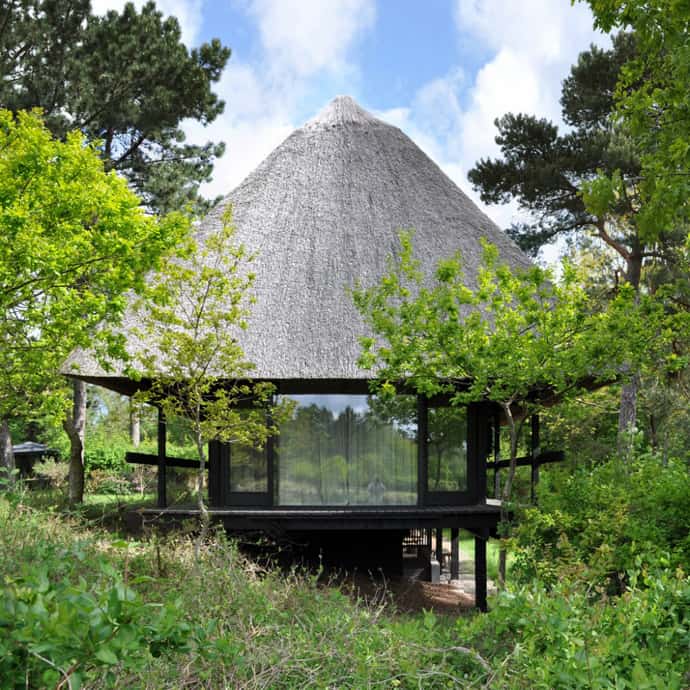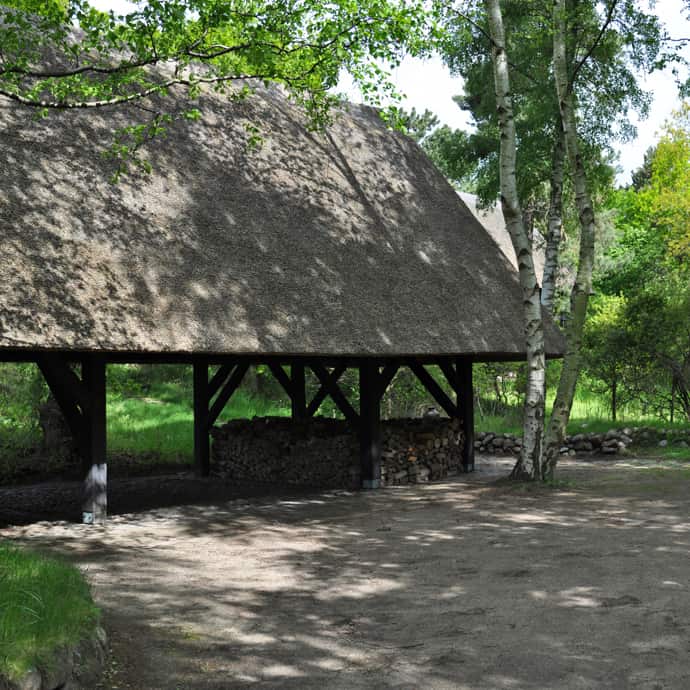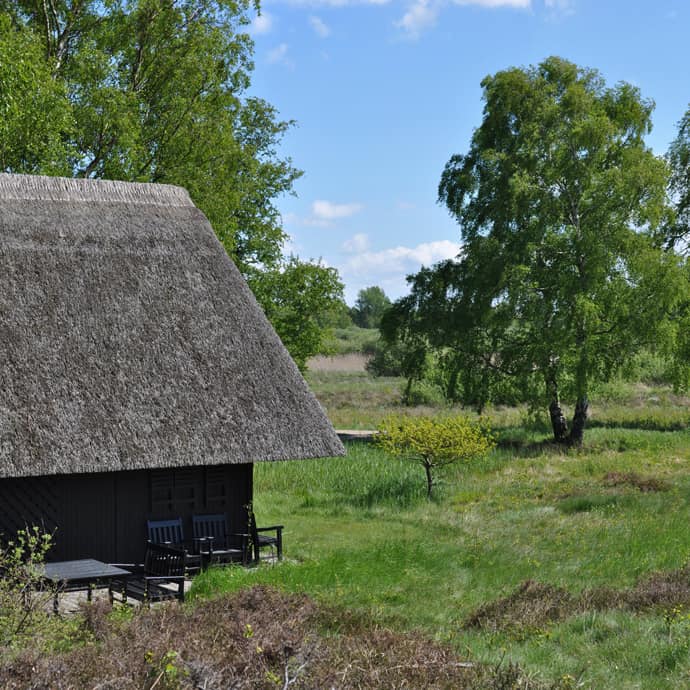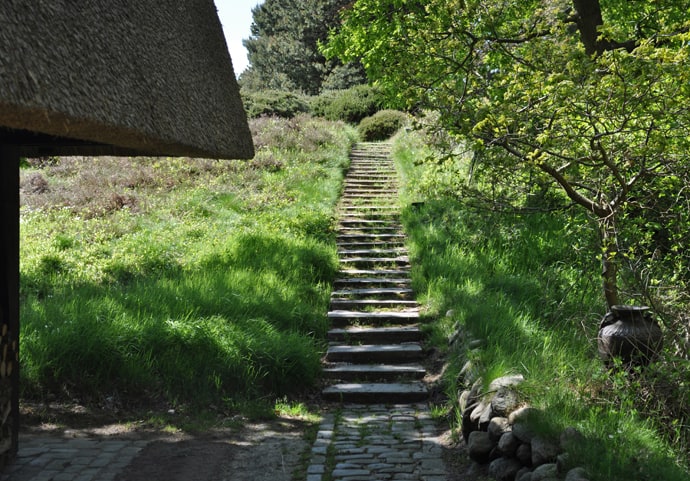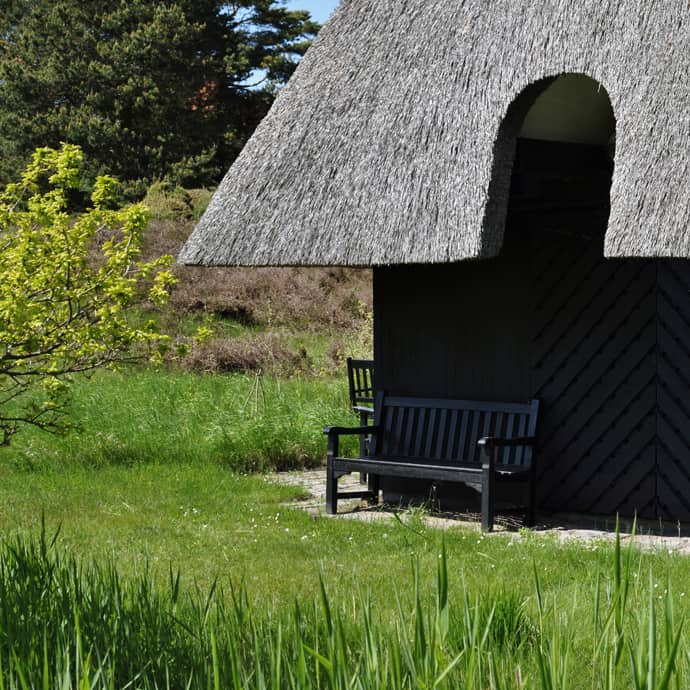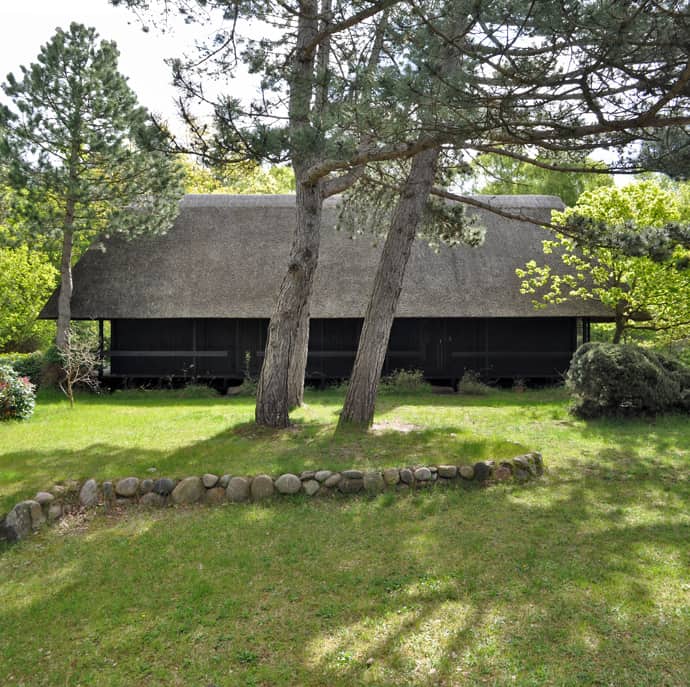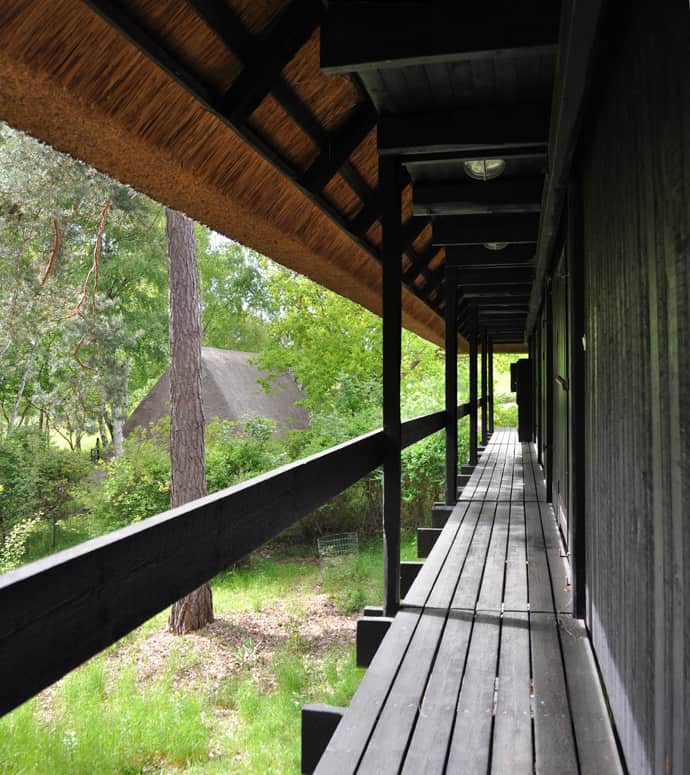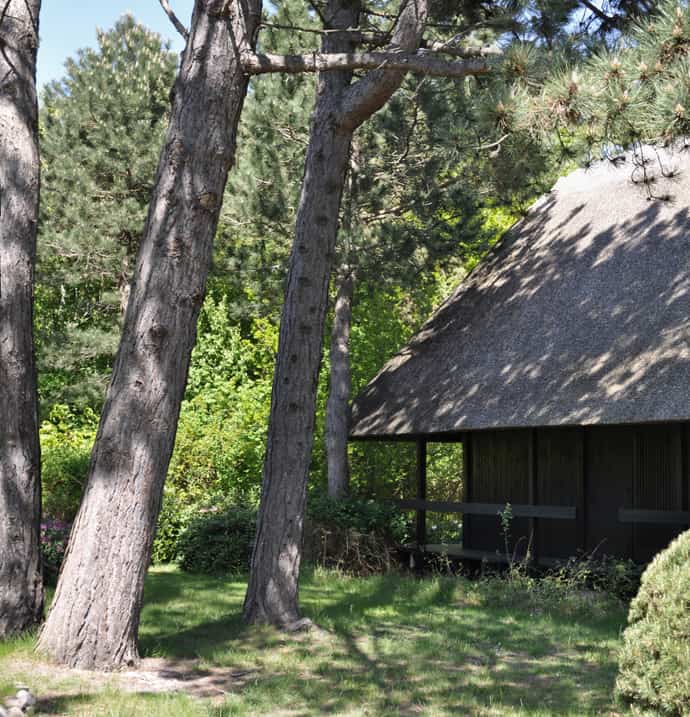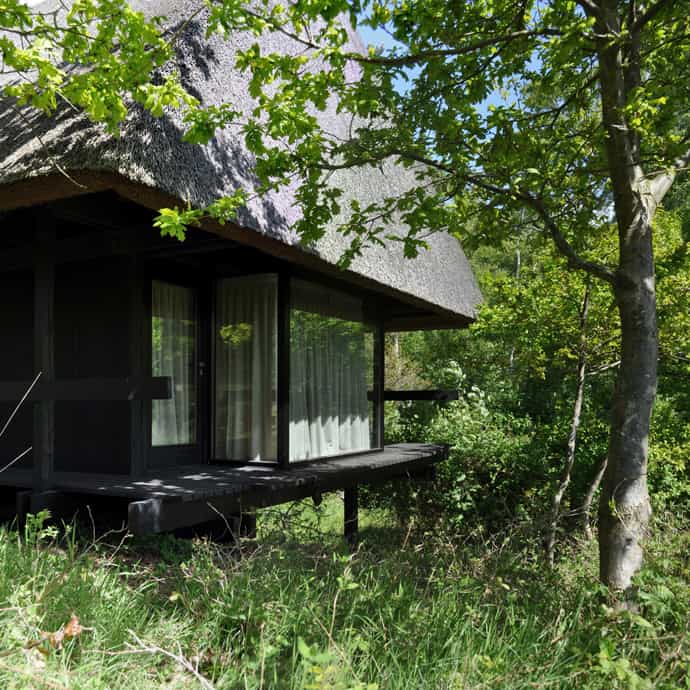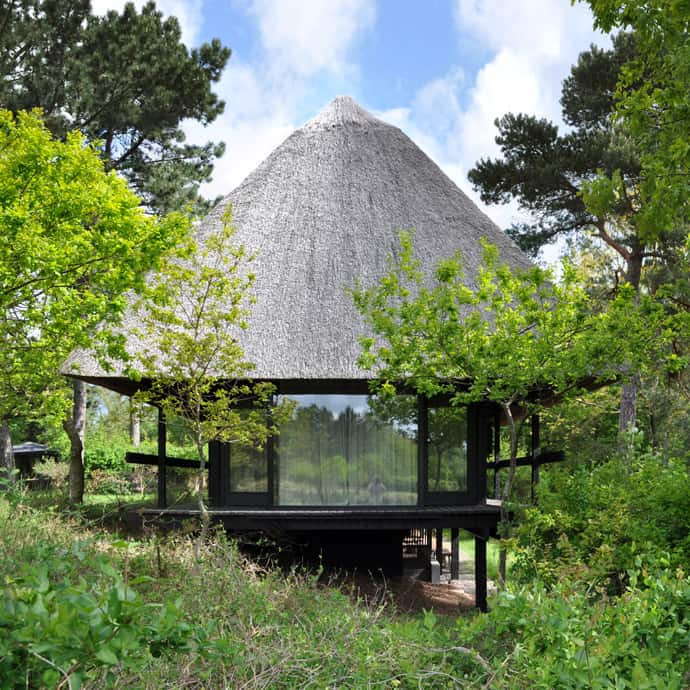Vernacular architecture, the simplest form of addressing human needs, is seemingly forgotten in modern architecture. However, due to recent rises in energy costs, the trend has sensibly swung the other way. Architects are embracing regionalism and cultural building traditions, given that these structures have proven to be energy efficient and altogether sustainable. In this time of rapid technological advancement and urbanization, there is still much to be learned from the traditional knowledge of vernacular construction. These low-tech methods of creating housing which is perfectly adapted to its locale are brilliant, for the reason that these are the principles which are more often ignored by prevailing architects.
The benefits of vernacular architecture have been realized throughout the large part of history, diminished during the modern era, and are now making a return among green architecture and architects. In order to progress in the future of architecture and sustainable building, we must first gain knowledge of the past and employ these strategies as a well-balanced, methodical whole to achieve optimum energy efficiency.

